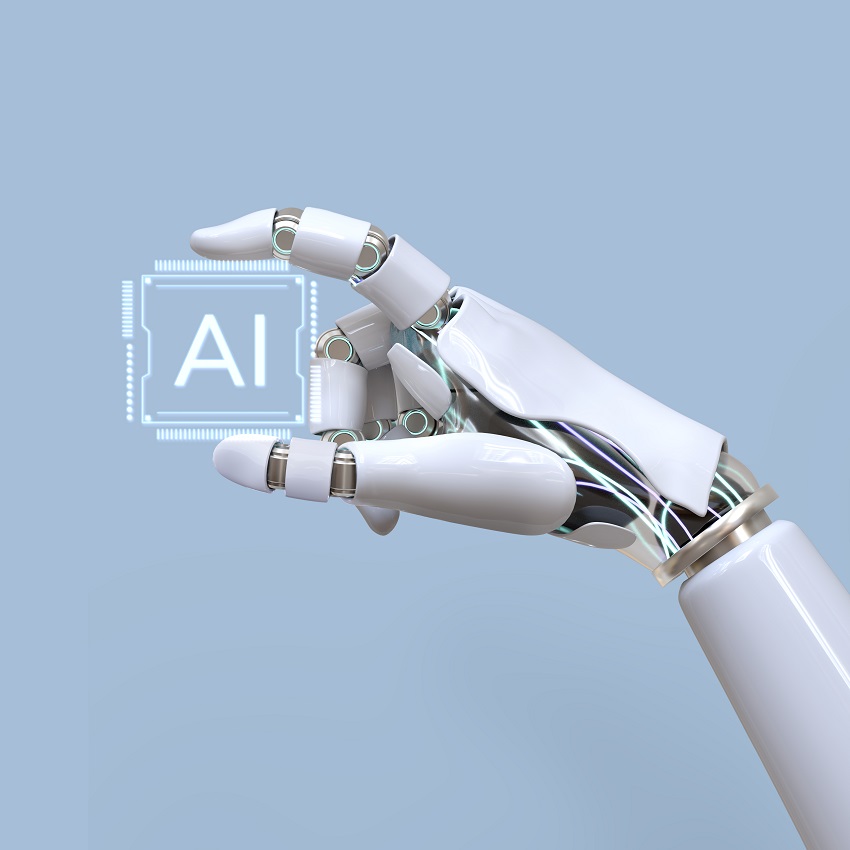Introduction
ChatGPT is a large language model developed by OpenAI that has been trained on a massive corpus of text data. This article provides an overview of the capabilities and limitations of ChatGPT and discusses its applications in various fields. The article also examines the ethical and privacy concerns associated with the use of large language models like ChatGPT.
ChatGPT is a state-of-the-art language model developed by OpenAI that uses deep learning algorithms to generate human-like text. It has been trained on a massive corpus of text data and is capable of performing a wide range of language tasks, including text completion, conversation, and question-answering. ChatGPT aims to advance the field of artificial intelligence and create models that can understand and generate human language.
How ChatGPT is working?
ChatGPT is a large language model based on the GPT (Generative Pre-trained Transformer) architecture developed by OpenAI. It is a deep-learning neural network that has been trained on a massive amount of text data to generate human-like responses to a wide range of prompts or questions.
The training process involves feeding the model with enormous amounts of text data from various sources such as books, articles, and websites. This process helps the model to learn the patterns and structures of language and develop an understanding of the context in which words are used.
Once trained, ChatGPT can generate responses to input text by predicting the next most likely word or sequence of words based on its understanding of the context and the patterns in the text data it has learned during training.
In a conversational context, ChatGPT works by taking in a user’s input, processing it, and generating a response based on its understanding of the input and the context of the conversation. The quality of the response depends on the quality of the training data and the complexity of the input text.
Overall, ChatGPT is a powerful language model that is capable of generating human-like responses and engaging in a wide range of conversations with users.

The dataset used in ChatGPT
ChatGPT is trained on a massive amount of text data from various sources, including books, articles, websites, and other publicly available online text. The specific data used to train ChatGPT varies depending on the version and size of the model, but typically it is trained on billions of words or more.
The training data is preprocessed to remove noise and irrelevant information, such as HTML tags and markup, and is tokenized into smaller units of meaning such as words or sub-words. The tokens are then used to train the model to predict the probability of the next word or sequence of words in a given context.
One of the most significant sources of training data for ChatGPT is the Common Crawl dataset, which is a repository of web pages and other text documents from across the internet. Other sources of data may include Wikipedia, news articles, academic papers, and social media posts.
To ensure that ChatGPT is exposed to a wide range of topics and language styles, the training data is carefully selected and diversified to include a mix of different domains, genres, and languages.
Overall, the vast amount and diversity of the training data used to train ChatGPT help it to generate more accurate and human-like responses to a wide range of prompts and questions.
Capabilities and Limitations of ChatGPT Top of Form
ChatGPT is a powerful language model with many capabilities, but it also has some limitations. Here are some of the capabilities and limitations of ChatGPT:
Capabilities:
- Generate human-like responses: ChatGPT can generate responses to a wide range of prompts and questions that sound like they were written by a human.
- Handle complex and ambiguous input: ChatGPT can handle complex input text that includes multiple meanings or interpretations and can generate responses that take into account the context and the intent of the input text.
- Engage in a variety of conversations: ChatGPT can engage in a wide range of conversations on different topics and in different styles, from casual small talk to more serious discussions.
- Understand natural language: ChatGPT has an advanced understanding of natural language and can recognize synonyms, antonyms, and other language constructs to generate coherent responses.
- Continuously learning: ChatGPT can continue to learn and improve over time as it is exposed to more data and user interactions.
Limitations:
- Lack of common sense knowledge: ChatGPT has limited common sense knowledge, which can lead to errors or misunderstandings when responding to certain types of questions or prompts.
- Limited ability to reason and think critically: ChatGPT relies on patterns in the training data and cannot reason or think critically, which can result in responses that are illogical or nonsensical in certain situations.
- Vulnerable to biases in training data: ChatGPT can inherit biases from the training data, such as gender or racial biases, which can lead to inappropriate or offensive responses.
- Unable to understand the emotional context: ChatGPT has limited ability to understand the emotional context of input text, such as sarcasm or humour, which can lead to misinterpretations or inappropriate responses.
Overall, ChatGPT is a powerful tool that can generate human-like responses to a wide range of prompts and questions. However, it is important to be aware of its limitations and use it appropriately in situations where its strengths can be leveraged and its weaknesses mitigated.
Reference
- Brown, T., Mann, B., Ryder, N., Subbiah, M., Kaplan, J., Dhariwal, P., Zaremba, W. (2020). Language Models are Few-Shot Learners. OpenAI.
- Devlin, J., Chang, M. W., Lee, K., & Toutanova, K. (2018). BERT: Pre-training of Deep Bidirectional Transformers for Language Understanding. arXiv preprint arXiv:1810.04805.
You can join the conversation on Facebook @SkylineUniversityNG and on Twitter @SkylineUNigeria
